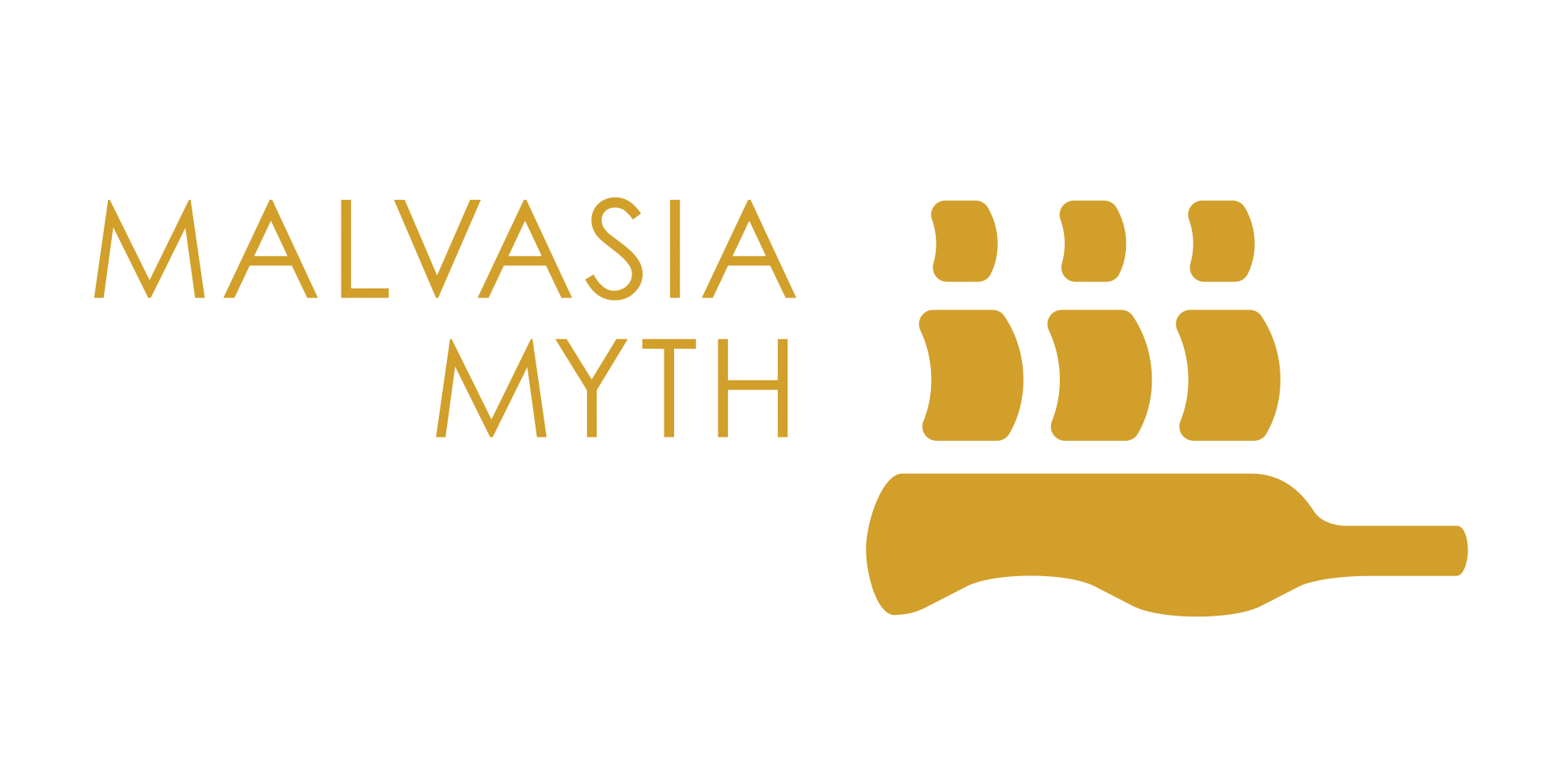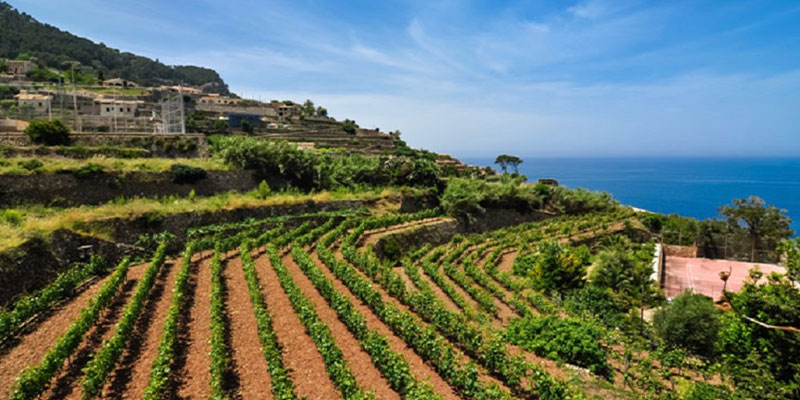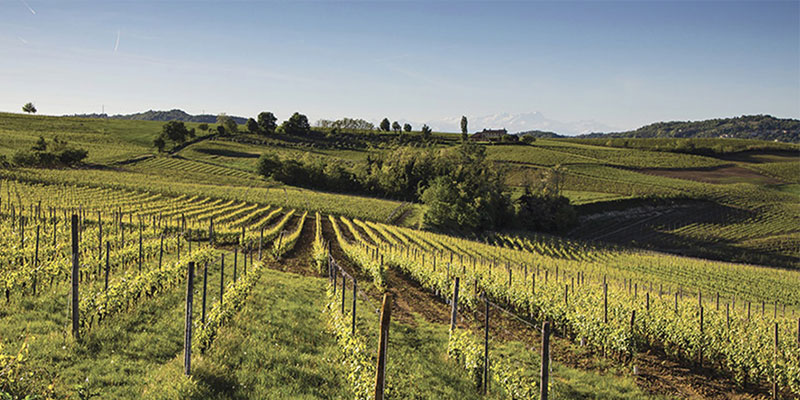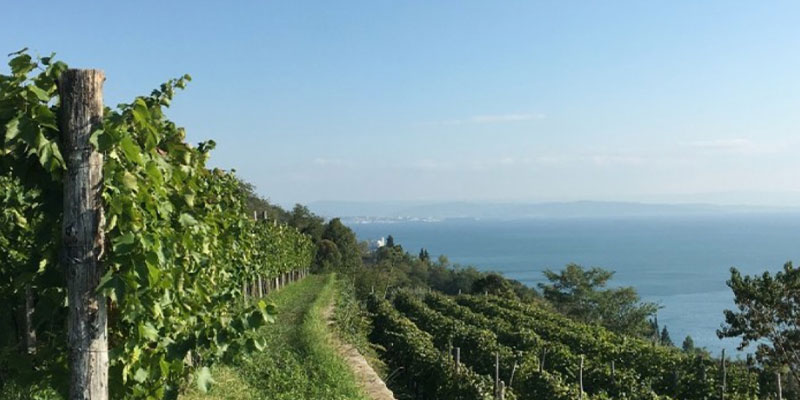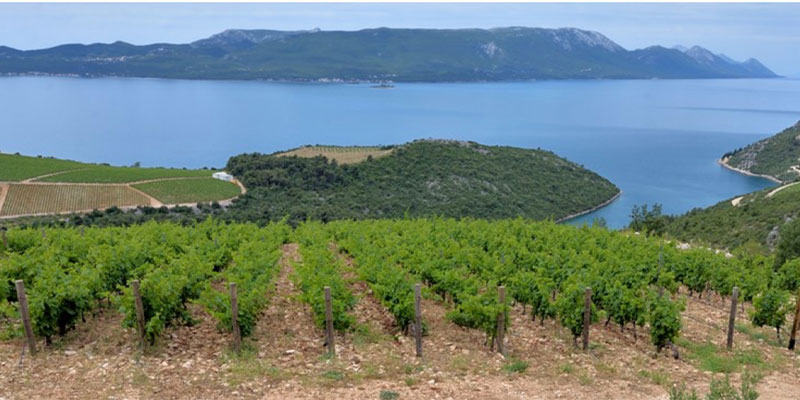
We remain on the subject of Istrian Malvasia to enter Croatian land starting from the peninsula bearing the same name. Istria owes its name to the pre-Roman population of Histri, which was subjected by the Romans in the II century BC. Between the Adriatic Sea, the Julian Alps and the Gulf of Kvarner, it constitutes a blessed land for agriculture. It is therefore the cradle of cultivars that have found a suitable environment here since time immemorial and where man has been able to make the most of their potential. In turn, Croatia after the civil war has seen many small-medium sized wineries rise from the ashes of a leveling state viticulture. These have made and are making the quality of their wines their primary objective. Thus, they reconstituted the entire national vineyard which is based above all on a vast range of native vines.
These wineries have revealed a reality that believes in its viticultural possibilities, opening a new course in affirming it as the most promising of the Balkan countries. Descending along the Dalmatian coast and arriving to its southern part corresponding to the Konavle Valley between Dubrovnik and the Mouths of Cattaro, we encounter a traditionally agricultural region, located between the Adriatic and the Sniježnica mountain, and the homeland of the Dubrovnik Malvasia (Malvasia Dubrovačka) for centuries. Cultivar genetically similar to Malvasia delle Lipari and to other Mediterranean ones that we will find later, as early as in the Middle Ages it was used in the raisin version, constituting a very popular wine at the time and highly renowned not only for its delicacy, but also as a social status symbol. This was to such an extent that in 1424 a law was issued in the Republic of Ragusa which allowed it to be placed on the market without price limits. Today this is no longer so, but after the end of the Yugoslav war a few enterprising local winemakers, had the intuition for a productive recovery of this almost forgotten Malvasia and literally saved this varietal heritage by proposing it in the dry white and sweet Prošek types. Still in the Ragusa-Nerentano area and in other places of the Dalmatian strip, a second Malvasia is cultivated, the Bianca lunga, which is generally called Maraština, and baptized instead Rucatac in the Peljesač peninsula and on the island of Korčula. It is processed in the same way as Dubrovačka to obtain both types of wine products mentioned above.
